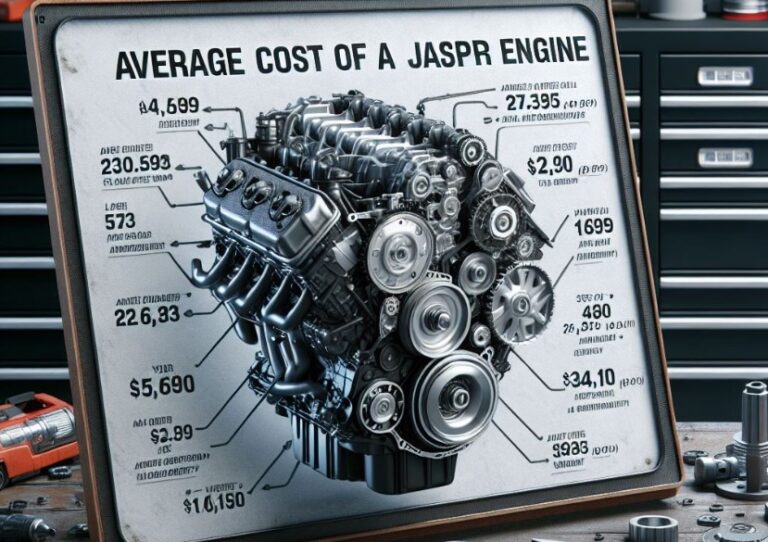P040d Code 6.7 Cummins Deleted [All You Need To Know]
The P040d Code 6.7 Cummins Deleted, often encountered after the engine has been deleted, indicates a specific problem that can impact engine performance. Vehicle owners and technicians need to recognize this code and understand its implications. In this context, ‘deleted’ refers to the removal or modification of certain emission control components in the engine.
Key Takeaways
- P040d Code Explanation: Understand the meaning of the P040d code in 6.7 Cummins engines.
- Impact on Engine Performance: Learn how this code affects the engine’s functioning.
- Troubleshooting and Solutions: Get insights into common troubleshooting steps and solutions.
- Deleted 6.7 Cummins Considerations: Know the unique aspects related to deleted 6.7 Cummins engines.
- Preventive Measures and Maintenance Tips: Discover ways to prevent this issue and maintain engine health.
P040d Code 6.7 Cummins Deleted
The P040d code in a 6.7 Cummins engine, especially when deleted (meaning certain emission control components are removed), indicates a malfunction in the high circuit of the Exhaust Gas Recirculation (EGR) temperature sensor ‘A’.
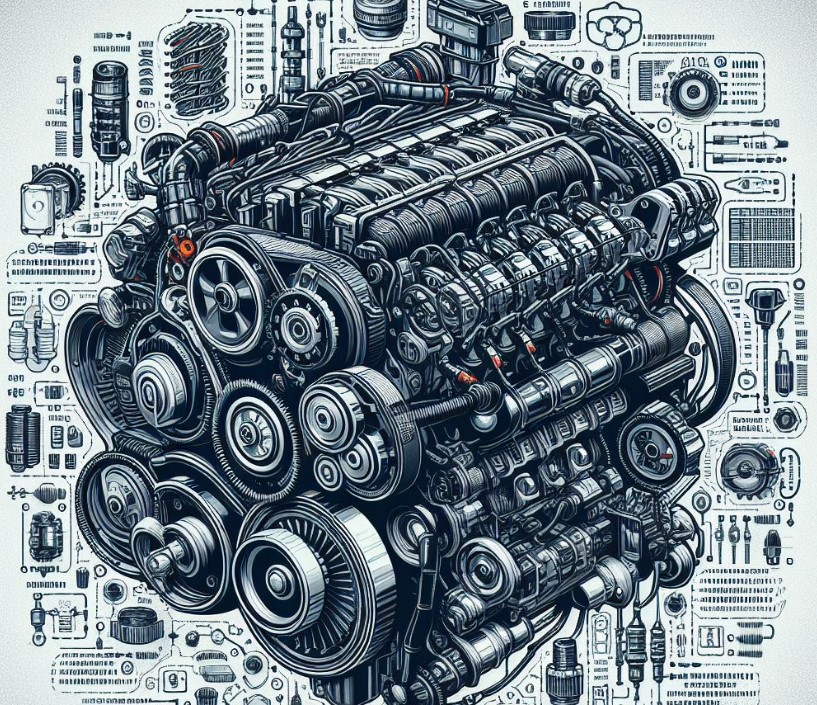
This typically means that the sensor is sending an abnormally high reading to the engine control module, which can affect engine performance and emissions. Addressing this issue often involves inspecting and possibly replacing the EGR temperature sensor, along with checking for any related wiring issues.
Understanding the P040d Code in 6.7 Cummins Engines
What Does P040d Code Mean?
The P040d code is an error signal related to the Exhaust Gas Recirculation (EGR) temperature sensor ‘A’ circuit high. This code is triggered when the engine control module (ECM) detects an abnormally high signal from the EGR temperature sensor.
Impact of P040d Code on Engine Performance
This code can lead to various performance issues in your 6.7 Cummins engine. It may cause irregular engine behavior, reduced fuel efficiency, and increased emissions. Understanding its impact is crucial for maintaining optimal engine performance.
Troubleshooting and Solutions for P040d Code
Step-by-Step Troubleshooting
Troubleshooting the P040d code involves a systematic approach. Start by checking the EGR temperature sensor and its wiring. Look for signs of damage, corrosion, or loose connections.
Effective Solutions for Resolving P040d Code
After identifying the cause, solutions may include replacing the EGR temperature sensor, repairing wiring issues, or resetting the ECM. It’s important to address this issue promptly to prevent further engine complications.
Deleted 6.7 Cummins: Special Considerations

Understanding the Implications of Engine Deletion
In deleted 6.7 Cummins engines, where emission control components are removed, the P040d code can be more prevalent. This deletion often leads to changes in the engine’s behavior and response to certain faults.
Managing Deleted Engine Issues
Managing issues in a deleted 6.7 Cummins engine requires a different approach. It’s essential to consider the modifications made and how they impact the engine’s diagnostic system.
Preventive Measures and Maintenance Tips
Regular Maintenance Practices
Regular maintenance is key to preventing the P040d code. This includes periodic checks of the EGR system, ensuring all components are in good condition.
Tips for Maintaining Deleted 6.7 Cummins Engines
For deleted engines, special attention should be given to the components that have been modified or removed. Regular checks and maintenance of these areas can help in early detection and prevention of issues like the P040d code.
What Is The Code P040D On A Dodge Ram 2500?
The code P040D on a Dodge Ram 2500 is a diagnostic trouble code (DTC) associated with the Exhaust Gas Recirculation Temperature Sensor ‘A’ Circuit High.
This code is specific to the vehicle’s emission control system and indicates that the EGR temperature sensor ‘A’ is transmitting a signal to the engine control module (ECM) that is higher than the expected range.

In Dodge Ram 2500 trucks, particularly those equipped with diesel engines like the Cummins, the EGR system plays a crucial role in reducing NOx emissions.
When the P040D code appears, it usually suggests a malfunction within the EGR system, potentially due to a faulty EGR temperature sensor, wiring issues, or even problems caused by excessive carbon build-up in the EGR valve.
This code can lead to various symptoms, including reduced engine performance, increased fuel consumption, and irregular idling. It is essential to address this issue promptly to maintain the vehicle’s performance and compliance with emission standards.
The resolution typically involves diagnosing the EGR system, which might include inspecting the EGR temperature sensor, checking the wiring and connections, and ensuring there is no clogging in the EGR valve. In some cases, cleaning or replacing the EGR temperature sensor or other related components may be necessary.
What Is The Code P040D On A Ford Transit?
In the context of a Ford Transit, the P040D code also pertains to the Exhaust Gas Recirculation Temperature Sensor ‘A’ Circuit High.
This code is a clear indicator of an issue within the EGR system, specifically pointing towards a problem with the EGR temperature sensor ‘A’. The code implies that the sensor is sending a higher-than-normal voltage signal to the ECM.
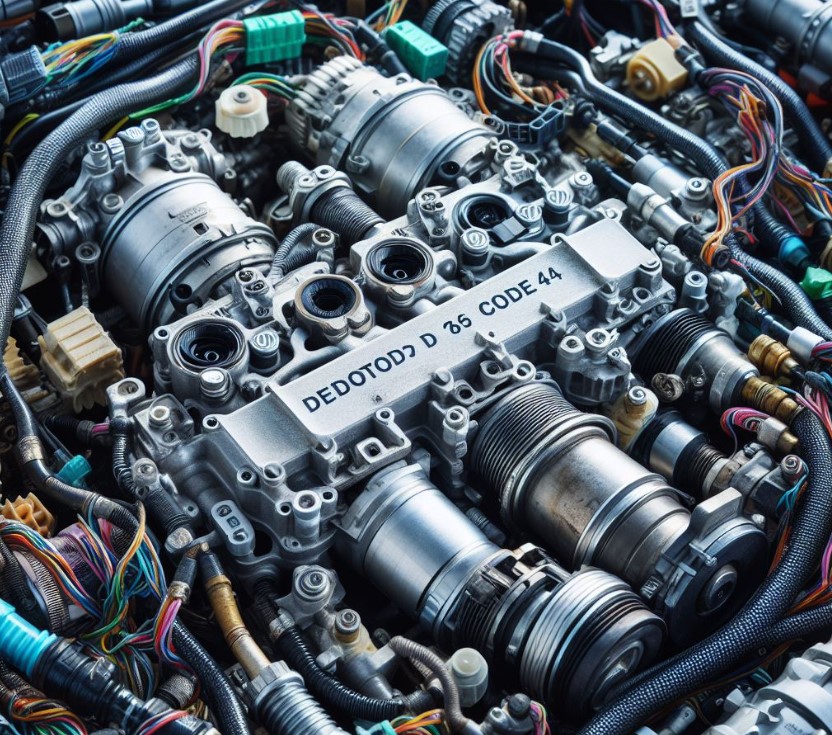
The EGR system in Ford Transit, especially in diesel variants, is designed to reduce NOx emissions by recirculating a portion of the exhaust gases back into the engine.
When the P040D code is triggered, it usually hints at faults such as a defective EGR temperature sensor, issues with the sensor’s circuitry, or blockages in the EGR valve due to carbon deposits.
The symptoms and implications of this code in a Ford Transit are similar to those in other vehicles, including potential reduction in engine efficiency, possible rough idling, and increased emissions. Addressing this issue is crucial for vehicle performance and adherence to emission norms.
Diagnosing and resolving the P040D code in a Ford Transit typically involves a thorough inspection of the EGR temperature sensor and its circuit, along with a check for any blockages or malfunctions in the EGR valve. Replacing the faulty sensor or cleaning the EGR valve are common solutions.
Conclusion
Understanding and addressing the P040d code in a 6.7 Cummins deleted engine is crucial for maintaining engine performance and longevity. By recognizing the symptoms, undertaking proper troubleshooting, and employing effective solutions, one can ensure the smooth operation of their Cummins engine.
Regular maintenance and specific considerations for deleted engines are key in preventing this issue and ensuring the engine’s optimal performance.
People Also Ask
Can engine tuning or modifications cause the P040d code to appear?
Yes, improper engine tuning or modifications, especially in deleted engines, can lead to the P040d code. Modifications that affect the EGR system or exhaust gas management can trigger sensor malfunctions or cause the ECM to register false readings.
Are there any preventive measures to avoid the P040d code?
Regular maintenance of the EGR system, including cleaning and inspection, can help prevent issues that might trigger the P040d code. Also, ensuring that any engine modifications are done professionally and in compliance with emission standards is crucial.
What are the risks of ignoring the P040d code in a 6.7 Cummins engine?
Ignoring the code can lead to worsening engine performance, potential damage to the EGR system, and failure to meet emission standards, which can be particularly problematic in regions with strict emission regulations.
How do I clear the P040d code from my engine’s computer?
After fixing the underlying issue, the P040d code can be cleared using an OBD-II scanner. However, if the issue is not resolved, the code will likely reappear.

Welcome to the exhilarating world of Matt Rex, a professional car racer turned renowned vehicle enthusiast. Immerse yourself in his captivating blog as he shares heart-pounding adventures, expert reviews, and valuable insights on cars, trucks, jets, and more. Fuel your passion for speed and discover the beauty of vehicles through Matt’s engaging stories and meticulous expertise. Join the ever-growing community of enthusiasts who find inspiration and expert advice in Matt Rex’s blog—a digital hub where the thrill of speed meets the pursuit of knowledge.

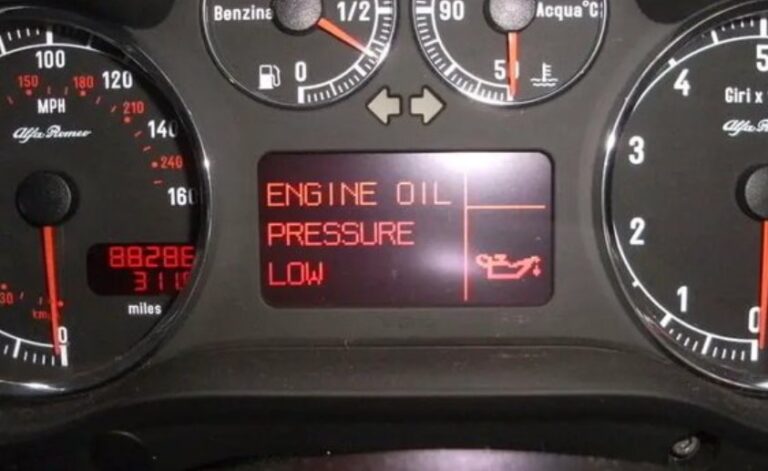
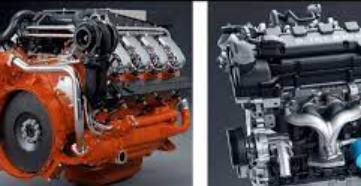
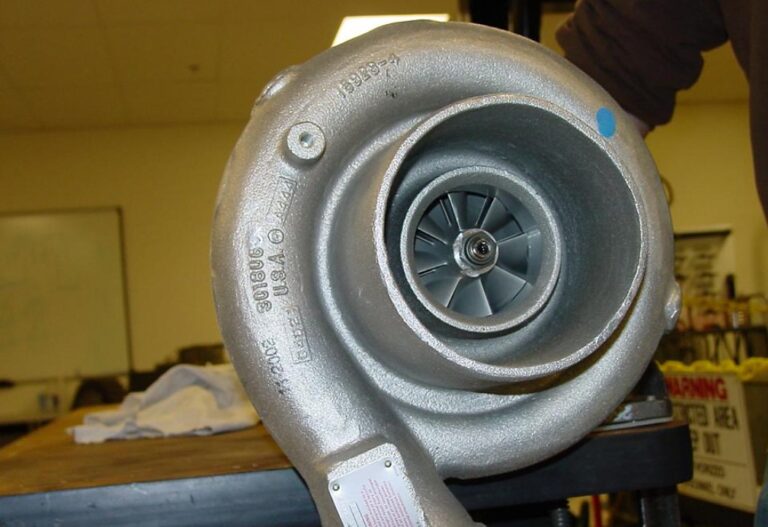
![Allison MT643 Transmission Problems [Fixed]](https://www.turbochaos.com/wp-content/uploads/2024/01/Allison-MT643-Transmission-Problems-768x547.jpg)
![Car Revving Engine Noise Complaint [Causes + Fix]](https://www.turbochaos.com/wp-content/uploads/2023/11/Car-Revving-Engine-Noise-Complaint-768x623.jpg)
